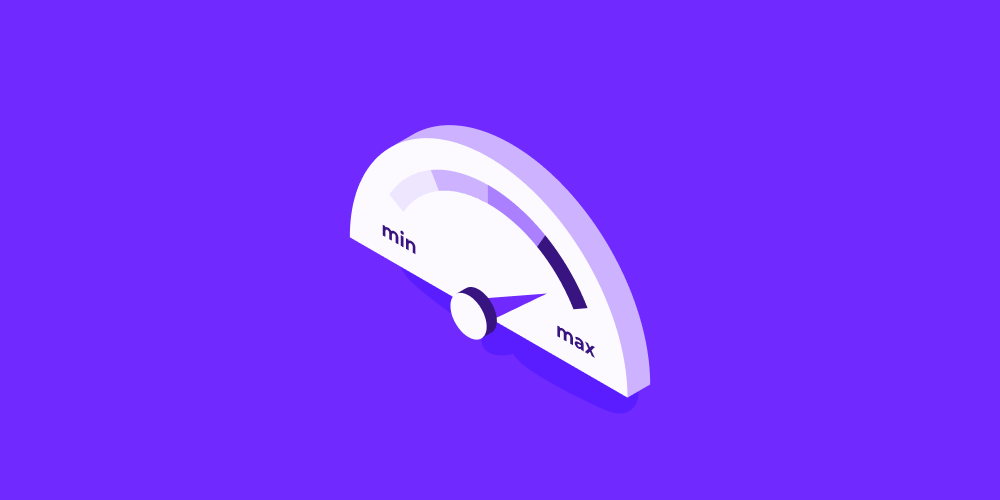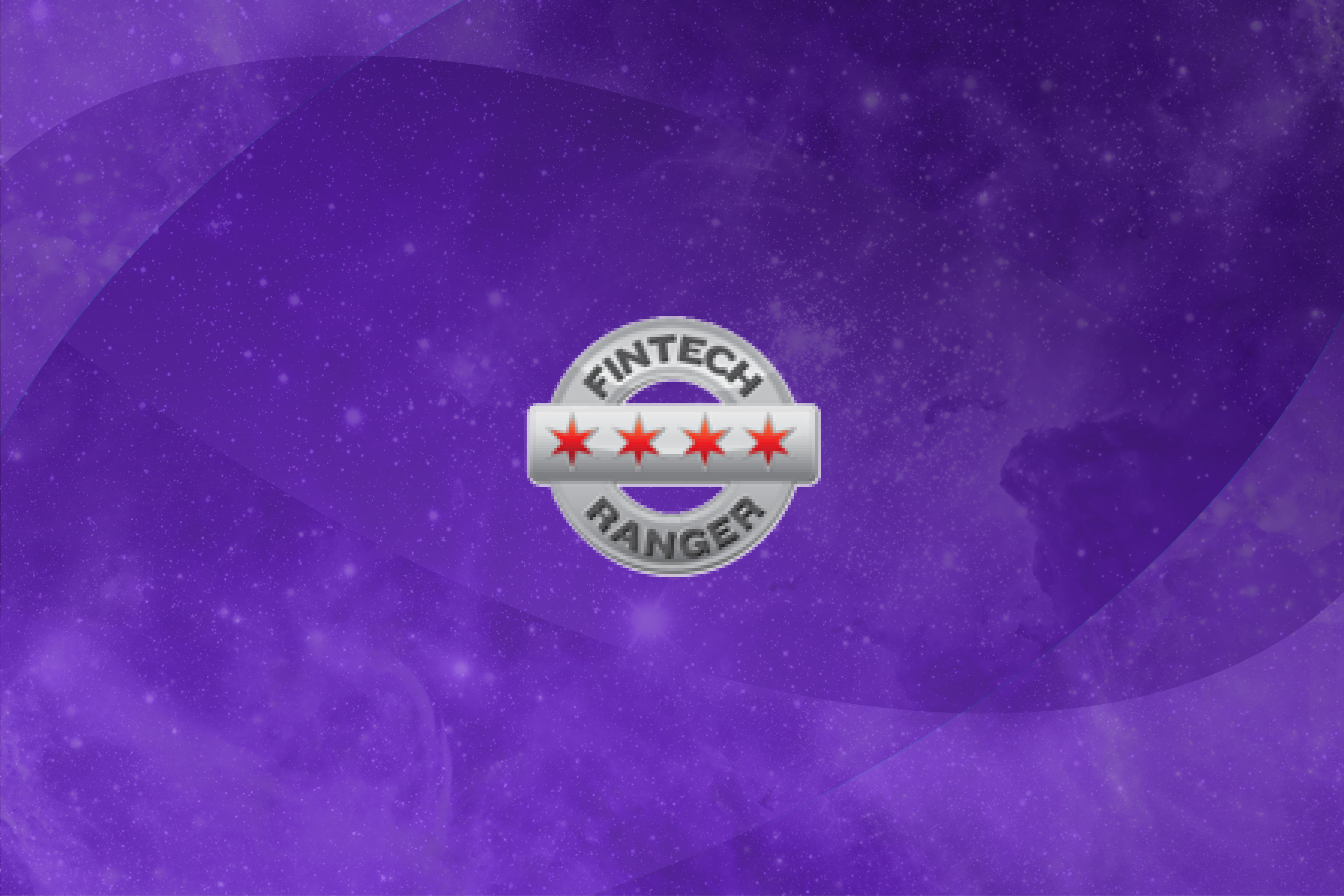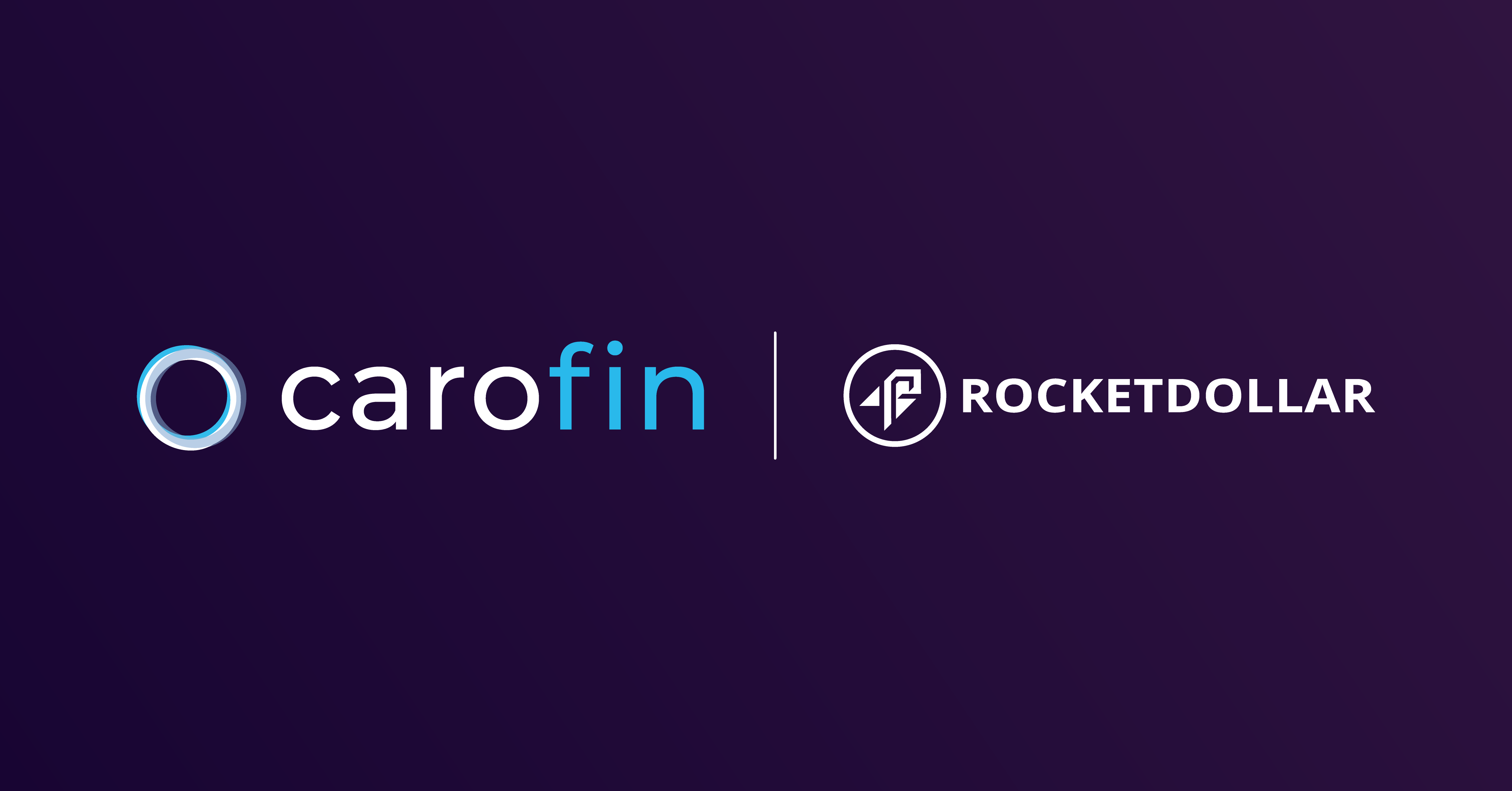How to Maximize Your Retirement Savings with a Self-Directed Solo 401(k)
If you’re self-employed, you understand both the freedom and responsibility that come with running your own business. You may also be eligible to...
3 min read
 Rick Dude
:
August 02 2018
Rick Dude
:
August 02 2018
Our technology-centric world and traditional banking institutions are nearing a crucial crossroads—and as more financial technology companies make the choice to function like traditional banks, they will continue to give the consumer an abundance of choices alongside leading banking institutions.
It’s not a question of when, but rather of which companies will be the challengers that disrupt the banking industry.
The most widespread technological changes in the banking industry to date came in the 1980s and 1990s and were geared toward reducing costs to the lowest common denominator. Technology slashed the cost of brokered trading from upwards of $35 per trade to free. Investors can trade stocks, ETFs and cryptocurrencies for no cost using platforms such as Robinhood or Wealthfront. Reducing costs for investment advisory came next—Charles Schwab’s Intelligence Advisory roboadvisor, for example, provided unlimited professional guidance and portfolio monitoring for a modest advisory fee rather than the stiff percentage advisors historically charged.
As technology pervades finance, everything is racing toward affordability and accessibility.

FinTech companies such as Robinhood and others are sitting on massive user bases that sometimes number in the millions. However, these companies typically offer just one or two products. Compare that to banks such as Wells Fargo or Bank of America, which offer a vast and diverse suite of products.
Although FinTech companies typically offer one product, many spin off other products from their primary product. They also enjoy a great deal of leverage because they have compiled massive user bases, which allow them to cross-sell traditional services as they add them.
In this scenario, one of two things typically occurs:
A large bank, such as BofA, will like a part of the FinTech company’s business and buys the business to resell its own financial services to this new customer base—and these new customers don’t overlap with existing customers. The bank gets a huge list of potential customers, and the selling company usually doesn’t have the capital to offer the same range of financial products. It’s a win-win for both parties.
Some FinTech companies have scaled to a size that they are at or nearing profitability, and as a result, their valuations are too high to justify an acquisition. These are the companies that are competing with traditional banks by adding products that only traditional banks historically offer, such as savings and deposits accounts, and brokerage, loan or insurance products. Essentially, these challengers become banks themselves.
Quicken fits this latter scenario. Quicken was founded in 1982 as accounting software for personal finance. In 1999 Quicken maker Intuit acquired Rock Financial Corp. and renamed the company Quicken Loans (Rock Financial Corp. founder Dan Gilbert later bought back the company from Intuit following the dotcom crash). In the fourth quarter of 2017, Quicken Loans became the nation’s largest residential mortgage lender. It recorded more than $96 billion of mortgage volume in 2016.
SigFig is another example. Its primary focus was on the analytics of wealth management, but SigFig now offers a complete suite of retirement products. Take Amazon as another example—the retail giant first challenged the book industry, and now it offers its own branded Visa card.
The key point is that many FinTech companies are just one step away from functioning like traditional banks—but even as they foray into banking, there’s one key difference between them and traditional banks: These financial technology companies were started by technology-minded entrepreneurs rather than bankers. ![]() They bring a very different perspective to their business models. They’re laser-focused on improving the user experience, and their products have driven people away from traditional banking interactions with tellers and with legacy products such as checks and credit cards. Innovative methods of financial transactions include mobile banking, Apple Pay and Google Pay.
They bring a very different perspective to their business models. They’re laser-focused on improving the user experience, and their products have driven people away from traditional banking interactions with tellers and with legacy products such as checks and credit cards. Innovative methods of financial transactions include mobile banking, Apple Pay and Google Pay.
Rocket Dollar innovated the process of creating Self-Directed retirement accounts. Historically, creating a Self-Directed Solo 401(k) or Self-Directed IRA was difficult—investors had to sign reams of paperwork, meet with counsel and spend a great deal of time, effort and money to establish these accounts. Rocket Dollar simplified and automated the process of creating Self-Directed retirement accounts so investors could establish accounts within a matter of minutes, freeing them to pursue crucial alternative investments in a timely manner.
This is where Rocket Dollar chose to innovate. Rocket Dollar, along with other Fintech companies, challenged the incumbents to bring about change. Rocket Dollar is better able to respond to future technological demands that will bring continued innovations to investors who want to use Self-Directed retirement accounts to grow their retirement wealth.

If you’re self-employed, you understand both the freedom and responsibility that come with running your own business. You may also be eligible to...

In today’s investing landscape, many individuals are asking the question: What are the benefits of investing in alternative assets? As traditional...

Alternative asset investment is no longer reserved for hedge funds and institutional players. Thanks to platforms like Rocket Dollar, everyday...

Today I want to talk about a concept specific to the placement of your investment accounts. By placement, I mean whether you own your investments...

It takes seasoned professionals to recognize solid investment opportunities, and Rocket Dollar’s latest partnership provides a wealth of...

Bruce Roberts from Carofin joins our very own Mark Peck to discuss the changing investment landscape around the recent market turmoil.